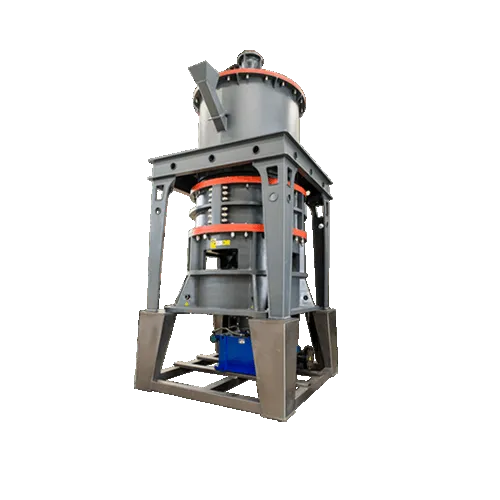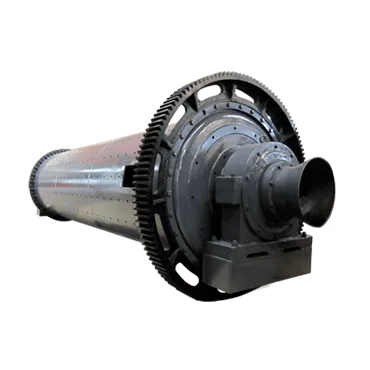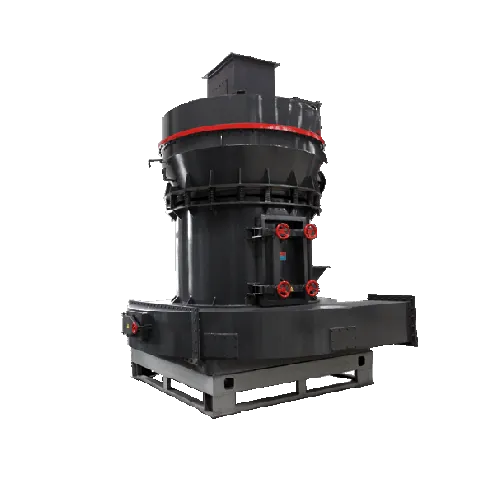Summary:In a lithium battery, the diaphragm can conduct ion conduction but not electron conduction, can isolate the positive and negative electrode materials, prevent t
In a lithium battery, the diaphragm can conduct ion conduction but not electron conduction, can isolate the positive and negative electrode materials, prevent the contact short circuit of the positive and negative electrode materials, and at the same time, it will affect the transmission of Li+ between the positive and negative electrode materials, This will affect the cycle and rate performance of the material.
Polyolefin separators are the current mainstream separators, however, the thermal stability of this film is poor. Polypropylene (PP) and polyethylene (PE) have melting points of 165°C and 135°C, respectively, which pose potential safety concerns because at high temperatures, the separator can shrink or melt, causing internal short circuits, leading to fires and even explosions.
In response to this situation, people have adopted various methods to improve the thermal stability of the diaphragm, and coating a layer of inorganic ceramic particles on the PP or PE diaphragm is considered to be the most effective and economical method. The ceramic material provides high heat resistance, while the adhesive provides adhesion to maintain the structural integrity of the coating and the entire composite separator. On the one hand, due to the improved thermal stability, this ceramic-coated separator can effectively improve the safety of lithium-ion batteries by preventing short circuits at high temperatures; The ability of infiltration and liquid absorption and liquid retention greatly improves the performance and service life of the battery.
Types of Ceramic Coatings
α-alumina is an inorganic oxide with high thermal stability and chemical inertness. It has excellent high temperature resistance and can greatly improve the safety of lithium-ion batteries. The aluminum oxide coating also has the advantages of neutralizing the free HF in the electrolyte and improving the service life of the battery. Therefore, alumina is considered to be one of the best choices for lithium-ion battery separator coating materials. In addition, by adding water-soluble anionic polymers during the production process to modify the surface of alumina, a stable electric double layer structure is formed on the surface, and the surface potential of alumina particles is increased by adsorbing hydroxyl and carboxyl functional groups, forming steric hindrance, improving The dispersibility of the powder improves the suspension stability of the ceramic slurry.
Boehmite, also known as boehmite or boehmite, has a molecular formula of γ-AlOOH, and is mainly produced by aluminum hydroxide hydrothermal method. The particle morphology of boehmite used as a ceramic coating for lithium-ion battery separators is a uniform polyhedral structure. Due to its low hardness, boehmite has little mechanical wear during cutting and coating, and can also reduce equipment wear and the risk of foreign matter being brought in. In addition, boehmite has a smaller specific gravity, and the same mass can cover 25% more area than α-alumina. With the increasing maturity of the preparation process and the improvement of the market's recognition of boehmite, the proportion of boehmite in the field of ceramic diaphragms has increased year by year.
Silica is a low-cost and environmentally friendly compound, and this material is widely used in the electronics industry. Silica is currently the most studied coating material except for α-alumina and boehmite.
In addition, other ceramic materials such as CeO2, MgAl2O4, ZrO, TiO2, etc. have also been extensively studied. Ceramic separators prepared using these materials all exhibit good thermal stability and excellent wettability to electrolyte.
The ceramic layer generally has a rich pore structure and good electrolyte wettability, which can enhance the liquid absorption and retention capacity of the separator, thereby greatly improving the service life of the battery. In addition, the ceramic layer is mostly made of non-polar oxide, which can neutralize a small amount of hydrofluoric acid in the electrolyte and suppress the flatulence of the cell. The material, shape, particle size, and binder of the ceramic material will all affect the performance of the ceramic coated separator. In addition, the pore structure and thickness of the coating layer also have a crucial impact on the performance of the separator. Making ceramic materials into a thin film with a certain thickness and directly used as a separator for lithium-ion batteries still needs to solve many problems such as mechanical strength, pore structure, process feasibility and reliability.
Read More About



